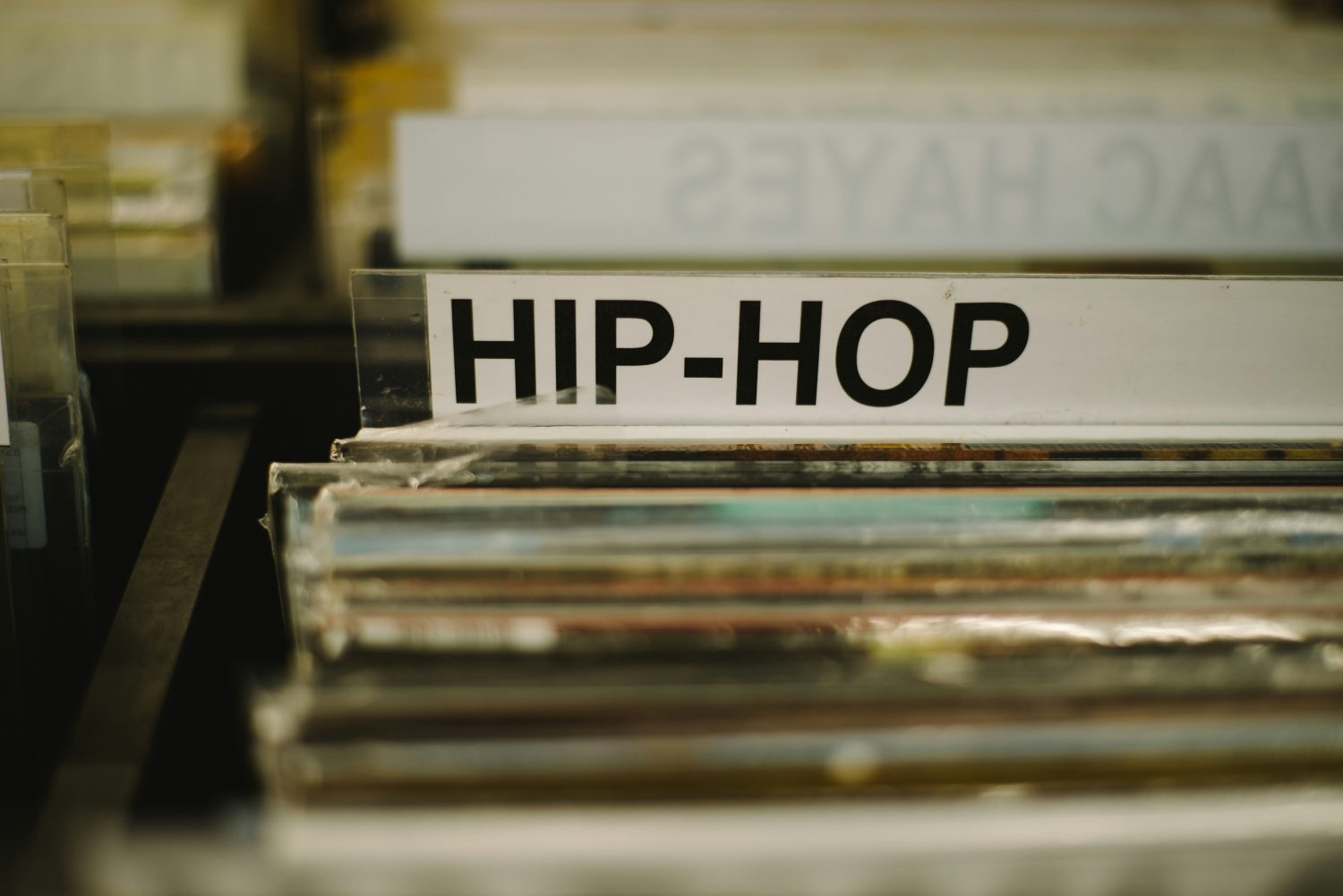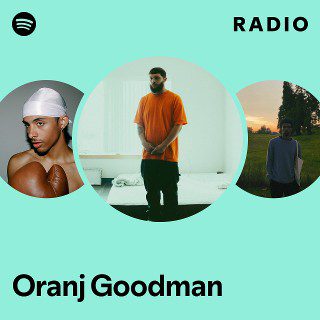In music culture, words matter. The difference between an EP, an LP, and a mixtape isn’t just technical—it’s cultural, historical, and marketing-driven. Fans hear these terms all the time, but most people don’t really know what separates one from the other. Artists drop projects and label them based on strategy, vibe, or the way they want to be perceived. For independent artists, understanding these differences is the blueprint for shaping releases and building an audience. This is our first time covering the EP vs LP vs Mixtape conversation, so let’s break it all down.
What is an EP, what is an LP, and what is a mixtape—in a way that makes sense for the modern music scene, from Kendrick Lamar to Doja Cat to your favorite Seattle or LA underground artist moving units hand-to-hand.
What Is an EP?
EP stands for “extended play.” It usually runs three to seven tracks and plays around the 15 to 30 minute mark. Think of it like a short album or a long single. An EP has enough songs to show off range and style, but not enough to feel like a full album statement.
The EP has historically been a testing ground. Labels used them to test markets, DJs used them to get promo out, and artists today still use EPs to build anticipation. Back in the vinyl era, an EP was a literal in-between product—more than a single but not quite a long play. That spirit still holds true in the streaming era.
A good example is SZA’s Z EP back in 2014 through TDE. It wasn’t her debut album yet, but it gave fans enough to dive into her sound and identity. Another example is how Freddie Gibbs and The Alchemist came together for Fetti. Technically that could be classified as an album, but at its length and feel, it operates like an EP—short, cohesive, and potent.
For independent artists, an EP is one of the smartest formats. It doesn’t take a year and a half to finish, it’s digestible for new listeners, and it sets the stage for bigger drops. It’s the equivalent of dropping a sampler pack in the cannabis space—just enough variety to hook the audience and keep them wanting more.
What Is an LP?
LP stands for “long play.” This is the full album. LPs are usually eight to fifteen songs and run anywhere from 35 minutes to over an hour. This is the major body of work—the project that’s supposed to stand as an artistic statement.
The LP has been around since the vinyl era, when a long play record spun at 33 1/3 rpm and could hold more songs. That’s why singles, EPs, and LPs were literal physical distinctions back then. Today, it’s still the main format where artists define themselves and shape legacies.
Think about Kendrick Lamar’s good kid, m.A.A.d city. That’s an LP in every sense of the word—conceptual, cinematic, and a full statement about his life and artistry. Travis Scott’s Astroworld is another one, built around a theme, packed with collaborations, and designed to be an immersive experience. J. Cole’s 2014 Forest Hills Drive was a traditional LP—no features, no gimmicks, just Cole putting his full artistic self out front.
For most artists, the LP is still the career-defining drop. It’s what fans and critics review, what gets Grammy nods, and what solidifies an artist’s place in music history. It’s also the riskiest project because the expectations are always higher. If the LP doesn’t land, it can slow momentum. If it hits, it can change everything.
What Is a Mixtape?
Mixtapes are where it gets fun. They have the loosest definition but the deepest cultural roots. In the hip-hop sense, a mixtape was originally a DJ-curated tape of different songs. Then it evolved into artists dropping free projects outside the label system, often on platforms like DatPiff, LiveMixtapes, and SoundCloud.
Mixtapes are about freedom. They’re not bound by label red tape, and they don’t need to be commercially polished. An artist can rap over industry beats, freestyle, drop loosies, or experiment with sounds that might never make the album.
50 Cent’s early mixtapes like 50 Cent Is the Future were legendary and put him on the map before Get Rich or Die Tryin’. Chance the Rapper’s Acid Rap was technically a mixtape—free, untraditional distribution, but it changed the whole trajectory of his career. Future’s mixtape run with 56 Nights, Monster, and Beast Mode built his reputation as one of the most consistent and influential artists of the 2010s.
Even in 2025, the line is blurrier than ever. Drake’s If You’re Reading This It’s Too Late was marketed as a mixtape but distributed as an album. Mixtapes are sometimes a branding tool more than an actual distinction. But the spirit of a mixtape remains the same: raw, experimental, and built for the streets.
Why These Labels Still Matter in 2025
We live in a streaming-dominated era where playlists run the game and TikTok can blow up one track overnight. But artists and labels still rely on EP vs LP vs mixtape labels to set expectations. When you see an artist say “I’m dropping an EP,” you know you’re getting a teaser or a smaller project. If they announce an LP, you know this is their big artistic statement. And if they say “mixtape,” you know to expect something looser, rawer, and potentially more experimental.
These distinctions also help with rollout strategy. An EP can keep a fanbase engaged between bigger projects. A mixtape can test new sounds without risking the main brand. An LP is the stake in the ground, the project that shapes legacy and brings everything together.
Artist Strategy: Which Format Should You Drop?
Independent artists often ask, “Should I drop an EP, LP, or mixtape first?” The answer depends on your goals. If you’re just starting out, drop an EP. Short, easy to consume, low barrier to entry. If you’ve built momentum and want to make a statement, go for the LP. It’s the foundation of a serious artist career.
If you want to build hype in between projects or experiment, drop a mixtape. Flood the streets, connect with fans, and try new sounds. This is the same approach brands take in cannabis, fashion, and culture. You can drop limited runs to build energy like an EP, go all in with a major product launch like an LP, or flood the streets with samples like a mixtape.
Artists should think about their releases in that same cultural marketing cycle.
Examples in 2025’s Music Landscape
Doja Cat could drop an EP between her major LPs to keep momentum alive while she experiments with darker beats or new collaborators. Brent Faiyaz has built his career with projects that blur EP and mixtape vibes—his cult following thrives on the intimacy of those releases. Underground Seattle rappers still use mixtape drops to dominate local buzz, passing USBs or SoundCloud links hand-to-hand. Latin trap and reggaeton artists often release EPs to test crossover sounds before making full album statements.
Every level of music culture has its own way of using these formats. For major artists, it’s marketing. For indie artists, it’s survival. For fans, it’s the language we use to understand what kind of project we’re about to experience.
At the end of the day, the terms EP, LP, and mixtape are less about strict rules and more about context, culture, and strategy. Artists pick the label that frames their release the way they want fans to feel it. An EP can turn into a classic. A mixtape can launch a career. An LP can change the world.
If you’re an independent artist plotting your next move, a fan trying to decode your favorite artist’s drop, or a music culture junkie documenting the way music evolves, knowing the difference helps you see the bigger picture.
Music is constantly shifting, but the EP vs LP vs mixtape debate will always matter because it defines how we consume, connect, and remember the art.







